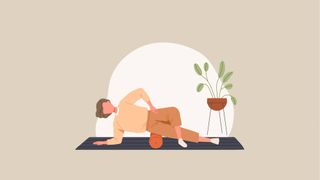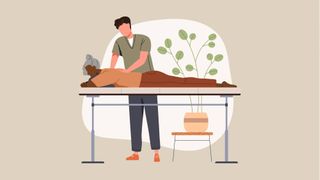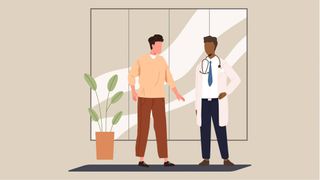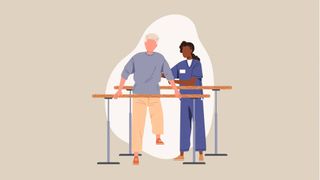How to Protect Your Body From Injury From Head to Toe
What you can do to stay healthy and hopefully, injury-free from your shoulder to your ankle
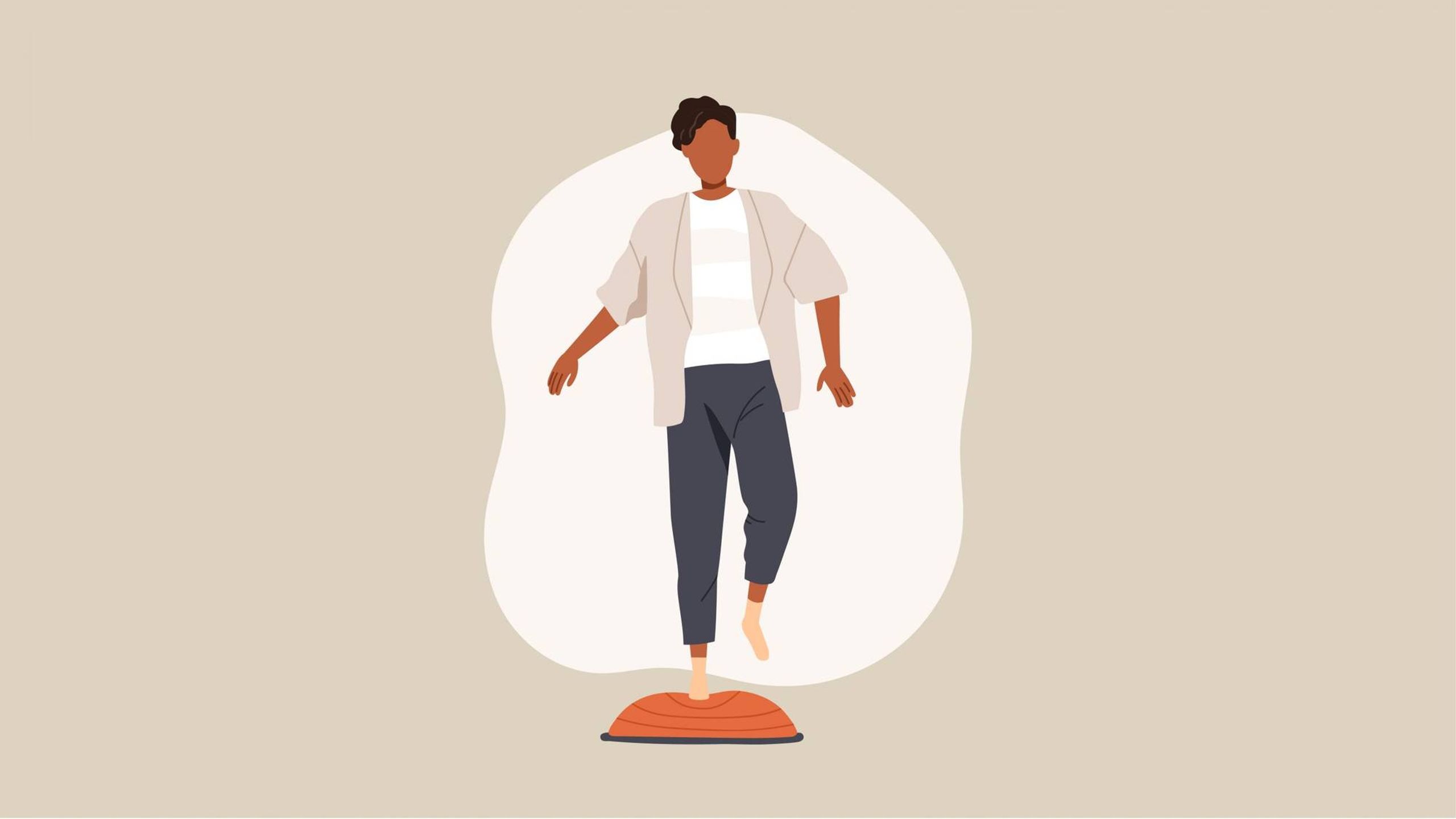
I recently became one of the more than four million people who play pickleball. And sadly, one of the nearly 20,000 who injure themselves doing so each year. Having hit my stride on a beautiful Sunday afternoon, I confidently ran across the court and instead of returning the ball, rolled and broke my ankle. Getting injured left me unable to walk or carry anything while crutching around my home for several weeks over the summer.
Oh, and I lost the point.
Sanjeev Kakar, an orthopedic surgeon and hand/wrist specialist at the Mayo Clinic, offers what he calls the "Three P's" before you head out.
"Some conditions are just not preventable due to genetic predisposition."
The first is to practice with purpose.
Second, ensure you have the proper equipment. "Don't just pick up an old wooden racquet and run onto the tennis court," he warned.
Third, use the proper mechanics, including getting instruction from professionals to learn correct techniques.
With Kakar's advice, 20/20 hindsight and a pair of well-fitted shoes (apparently), I could have avoided an accident. Here are some ways to ensure you don't fall prey to hasty ways:
Preventing Foot or Ankle Injury
What the foot? On average, a person will walk more than 200 million steps in their lifetime, or the equivalent of more than 100,000 miles. So, it is no wonder that the foot, made up of 26 bones, joints, ligaments, tendons and muscles, is a prime target for multiple issues as we age.
Some of the more common foot ailments in older adults include bunions, corns, ingrown toenails, problems related to diabetes, athlete's foot (or other fungi), hammertoes, fallen arches or plantar fasciitis. Many of these issues occur due to ill-fitting footwear, trauma to the foot or ankle, arthritis or bacterial or viral infections, to name a few.
Here are some commonsense home-care strategies:
Check Your Feet
"As people age, skin and nails change, and there is decreased circulation, so it is important to check yourself before something goes wrong," advises Dr. Andrew Lilker, a foot and ankle surgeon at the Foot Doctor in New York City.
Make examining your feet, including in and around your toes, a part of daily routine care, looking for blisters, callouses, or anything that seems out of the ordinary, to catch an infection or fungus in the early stages when issues may be readily fixed.
If you can't reach your feet for any reason, Lilker suggests you have a physician check them at appointments and wear white socks, which may leave a residue showing that something is not right underneath.
Keep Feet Tidy
Regular cleaning with soap and water, drying well between your toes and avoiding moisturizers, except on the heels of your feet, can all help minimize the risk of infection. And keep your toenails trimmed to prevent ingrown toenails.
Wear the Right Footwear
Statistics show that older adults often wear shoes that are too small. Instead, purchase footwear that fits well (matching the intended activity) and put on clean socks.
In addition, it's important not to go barefoot because the friction of the skin with the shoe or boot can be a breeding ground for fungus.
Other benefits to comfortable and well-fitted shoes are reducing muscle tension in your toes that could result in hammertoes or developing bunions due to too narrow shoes. They also protect your knees.
Add Some Sole
In a 2020 study of older adults, those who inserted an orthotic into athletic footwear improved ankle joint mechanics, reducing the risk of injury.
Support Your Ankles
Since it's so close to your foot, you may consider the ankle the same. However, issues around your ankle tend to be more acute because of an injury than chronic. Nevertheless, some of the more frequent ankle ailments that plague older adults: bursitis, gout or osteoarthritis.
"Maintaining ankle strength and flexibility can keep them working in your favor and can prevent an injury or fall in the first place," says Dr. Andrew Hanselman, a foot and ankle orthopedic surgeon at Duke University.
Preventing Knee Injury
Moving up from your feet, knees carry literally four times your weight. According to Johns Hopkins University, the most common knee ailments include sprained or strained ligaments, cartilage tears, tendonitis and arthritis resulting from aging, injury, repeated stress or a wicked combination of all three.
"Incorporating stretching into your daily life is key to healthy hips."
Depending on the diagnosis, many treatment options may be available, from physical therapy to knee replacement.
"Injury prevention is a daunting task because some conditions are just not preventable due to genetic predisposition," says Dr. Michael Stuart, an orthopedic surgeon and professor of orthopedics at the Mayo Clinic.
There are, however, ways to exercise effectively and protect your joints from harm. Stuart suggests an individual program designed to improve balance, strength, agility and biomechanics — including the proper way to land from a jump.
Here are some steps you can take:
Warm-Up and Cool Down
When exercising, be sure to add in extra time in the beginning and the end to warm up and then cool down, getting your muscles ready for the activity ahead.
Take it Slow
Making a sudden turn or twist can inadvertently result in a torn ligament.
Put on Knee Pads
Depending on the sport, wearing knee guards may protect your knees from a flying object or falling on them.
Preventing Hip Injury
Next, let's address preserving your hips and all the types of arthritis that it can afflict, including osteoarthritis, rheumatoid arthritis or post-traumatic arthritis. Post-traumatic arthritis occurs due to any bodily break and impacts more than five million people in the U.S. each year. Try these strategies to keep your hips healthy:
Incorporate Stretching
"Incorporating stretching into your daily life is key to healthy hips," suggests Ken Dodge, 64, from Blaine, Minn. And it's something he wished he had done in his younger days. A lifetime bowler, high school athlete and avid marathon runner, Dodge suffered from osteoarthritis in his hips and has had both replaced.
Use the Stairs
Looking back, Dodge would have also spent more time going up and down steps to keep his joints moving along.
Preventing Shoulder Injury
With their wide range of motion, the shoulders are the most flexible joint in the human body. And likely why so many things can go wrong with them. Injuries can occur from lifting weights or simply reaching overhead to put something in a cupboard and can include problems such as dislocation, tears (e.g., rotator cuff) or frozen shoulder.
Like the other areas of your body, warming up and conditioning the muscles with the right exercises is essential to maintaining proper functioning. Consider also doing the following:
Take Breaks
Sitting at a computer or even standing for long periods can tax your muscles. So, take a few minutes to do something else. A change of pace or scenery can do wonders to relieve stress and any accompanying pain that goes along with it.
Lower the Shelves
If you continually reach to put things away, move items down to a lower shelf or lower the rack itself.
Preventing Wrist Injury
Finally, your wrists. With eight bones surrounding each of these appendages, wrists are susceptible to repetitive stress injuries, fractures, and arthritis. To protect against this wear and tear:
Go Ergonomic
Ergonomic wrist rests, using a mouse and mouse pads all offer relief by allowing your hands to remain in a neutral position while working, taking pressure off your arms in general.
Squeeze a Tennis Ball
Squeezing a tennis ball (or a "stress ball") can help improve your overall hand strength.
By ensuring you have the necessary equipment and that your mind and body are in sync with one another, you may avoid an injury that takes you out of activities of daily living. And you might even win the game.

You Are Reading
How to Protect Your Body From Injury From Head to Toe
What you can do to stay healthy and hopefully, injury-free from your shoulder to your ankle

